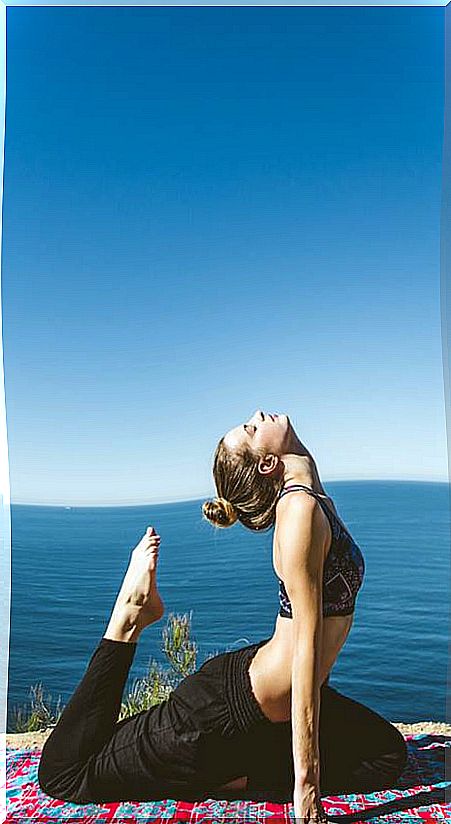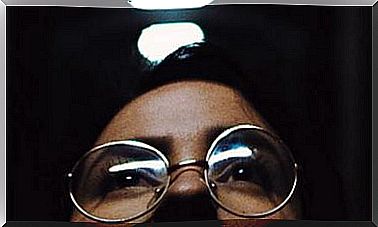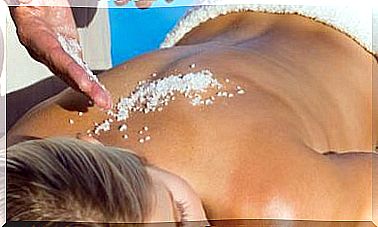When Is It Too Hot To Exercise?
It is always good to practice physical exercise, but when temperatures are high you have to take precautions and be attentive to the signals of the body.

In summer everything is more fun and you want to go out to enjoy the outdoors, for example, doing sports. When the sun shines, many put on their sneakers and meet friends to run through parks and city streets. And those who normally train in gyms are also thrown outside.
However, when temperatures reach the highest for the year, outdoor physical activity can become dangerous. Heat is an added stress factor for the body, even if you think you are doing well. That is why it is necessary to recognize the symptoms that you have to stop.
The risks of exercising with too much heat
With the heat, you sweat more because the body is making an effort to lower the temperature (and with sweating, the risk of burning the skin in the sun’s rays increases). In addition, the blood is directed to the surface to cool it. As a consequence, there is less blood available for the muscles and for the functioning of the internal organs. Low blood pressure and heart rate increases.
This body’s response to heat increases the likelihood of cramps, dizziness, and general malaise.
There is no limit temperature for sports. What matters is individual adaptability and behavior. The influence of humidity is very important: it is more comfortable and safe to run in dry heat than in humid heat. In any case, above 30 ºC, extreme precautions must be taken.
Extreme heat can cause rapid dehydration and an overload on the cardio-circulatory system. If you train in full sun, you risk suffering from sunstroke, heat stroke or heart failure.
Your body temperature can rise quickly to 40 ºC and from there things get very dangerous.
Precautions if you do sports with sun and heat
The first thing is to assess whether it is not worth getting up early or waiting for the afternoon to exercise. It is preferable, but sometimes competitions or social gatherings “force” to face the hours of maximum heat.
In that case, be aware of the risks and pace yourself. We can run slower or walk and increase the frequency of rest breaks.
It is essential to drink before exercising, during and after. You can make your own isotonic drink with a liter of coconut water, the juice of two lemons or two oranges, a teaspoon of iodized sea salt and a teaspoon of bicarbonate.
When to stop
The symptoms that you should end your exercise session are common sense, but we remind you:
- Fatigue.
- Cramps
- Difficulty catching your breath.
- Dizziness
- Drowsiness
- Headache
- Feeling irritable or light-headed
- Vision disturbances
Given these symptoms, stop, get in the shade and drink. If you don’t feel better in a few minutes, see the doctor.









